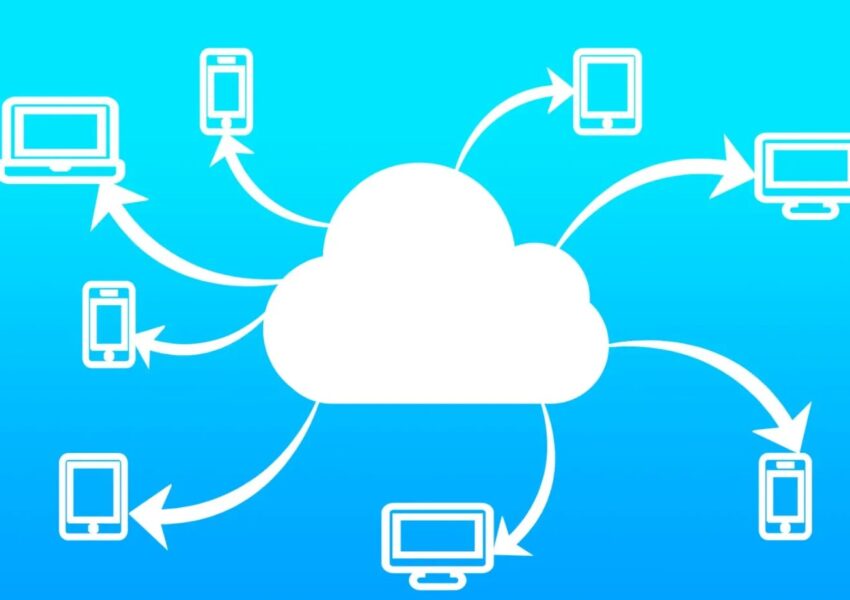As laboratories face increasing demands for efficiency, data accessibility, and security, many are considering migrating their laboratory information systems (LIS) to cloud-based solutions. Cloud-based LIS offers numerous advantages, such as reduced IT infrastructure costs, improved scalability, and enhanced data security. However, the migration process can be complex and requires careful planning to ensure a smooth transition. In this article, we will explore the benefits of migrating to a cloud-based LIS and provide a step-by-step guide to help you navigate the process.
Benefits of Migrating to a Cloud-Based LIS
Migrating your LIS to a cloud-based solution offers several advantages over traditional on-premises systems:
- Reduced IT infrastructure costs: With a cloud-based LIS, there is no need to invest in expensive hardware or maintain a dedicated IT team for system maintenance. Instead, your LIS provider manages the infrastructure, allowing you to allocate resources to other critical areas of your laboratory operations.
- Scalability and flexibility: A cloud-based LIS can easily scale to accommodate your laboratory’s growth, allowing you to add or remove users, storage, and features as needed. This flexibility ensures that your LIS can adapt to your laboratory’s changing needs without significant investments in hardware upgrades or software licenses.
- Enhanced data security and compliance: Cloud-based LIS providers typically offer robust security measures, including data encryption, user authentication, and access controls, to protect sensitive laboratory data. Additionally, cloud providers often undergo regular security audits and maintain compliance with industry-specific regulations, ensuring that your data remains secure and compliant with relevant standards.
- Accessibility and collaboration: A cloud-based LIS enables authorized users to access laboratory data from anywhere with an internet connection, facilitating collaboration and decision-making among laboratory staff and external stakeholders.
- Automatic updates and backups: With a cloud-based LIS, software updates and backups are managed by the provider, ensuring that your system remains up-to-date and your data is securely backed up without manual intervention.
Step-by-Step Guide to Migrating to a Cloud-Based LIS
Step 1: Assess Your Laboratory’s Needs and Requirements
Before migrating to a cloud-based lab information system like NovoPath, it is essential to evaluate your laboratory’s unique needs and requirements. Consider the following factors:
- Data storage and management: Determine your laboratory’s data storage needs and how a cloud-based LIS can address them. Consider factors such as data volume, growth rate, and retention policies.
- Integration with existing systems: Identify the systems and instruments that your LIS will need to integrate with, such as electronic medical records (EMRs), laboratory instruments, and third-party software solutions.
- Security and compliance requirements: Understand your laboratory’s security and regulatory compliance requirements to ensure that the cloud-based LIS you choose meets these standards.
- Budget and resources: Establish a budget for the migration process, including costs for software licenses, implementation services, and ongoing support.
Step 2: Select a Cloud-Based LIS Provider
Once you have a clear understanding of your laboratory’s needs, begin researching cloud-based LIS providers. Evaluate potential providers based on factors such as:
- Features and functionality: Ensure that the provider’s LIS offers the features and functionality required to support your laboratory’s workflows and processes.
- Integration capabilities: Confirm that the provider’s LIS can integrate with your existing systems and instruments seamlessly.
- Security and compliance: Verify that the provider’s LIS meets your laboratory’s security and compliance requirements.
- Customer support and service: Assess the provider’s reputation for customer support and service, including their responsiveness, expertise, and availability.
Step 3: Develop a Migration Plan
Once you have selected a cloud-based LIS provider, work with them to develop a detailed migration plan. This plan should outline the steps and timelines for each phase of the migration process and address key considerations such as:
- Data migration: Determine how your existing data will be transferred to the new cloud-based LIS, including data mapping, conversion, and validation processes.
- System integration: Plan for the integration of your existing systems and instruments with the new cloud-based LIS.
- User training and support: Develop a training plan to ensure that laboratory staff are familiar with the new LIS and can effectively use its features and functionality.
- Testing and validation: Schedule time for thorough testing and validation of the new cloud-based LIS to ensure that it meets your laboratory’s needs and requirements.
Step 4: Execute the Migration Plan
With a comprehensive migration plan in place, begin executing the plan in collaboration with your cloud-based LIS provider. Key steps during this phase include:
- Data migration: Transfer your existing data to the new cloud-based LIS, following the data migration plan and ensuring data integrity throughout the process.
- System integration: Integrate your existing systems and instruments with the new cloud-based LIS, validating that data flows seamlessly between platforms.
- User training and support: Train laboratory staff on the new LIS, providing ongoing support and resources to facilitate a smooth transition.
- Testing and validation: Conduct thorough testing and validation of the new cloud-based LIS, addressing any issues or concerns that arise during this process.
Step 5: Monitor and Optimize
After successfully migrating to a cloud-based LIS, continue to monitor the system’s performance and optimize its features and functionality to meet your laboratory’s evolving needs. Regularly review key analytics to identify areas for improvement and work with your cloud-based LIS provider to implement necessary changes or enhancements.
Should You Migrate Your Lab?
Migrating to a cloud-based Laboratory Information System (LIS) offers numerous benefits, including reduced IT infrastructure costs, improved scalability, enhanced data security, and increased accessibility. By carefully assessing your laboratory’s needs, selecting the right cloud-based LIS provider, and developing a comprehensive migration plan, you can ensure a successful transition to a more efficient and secure laboratory data management solution.

